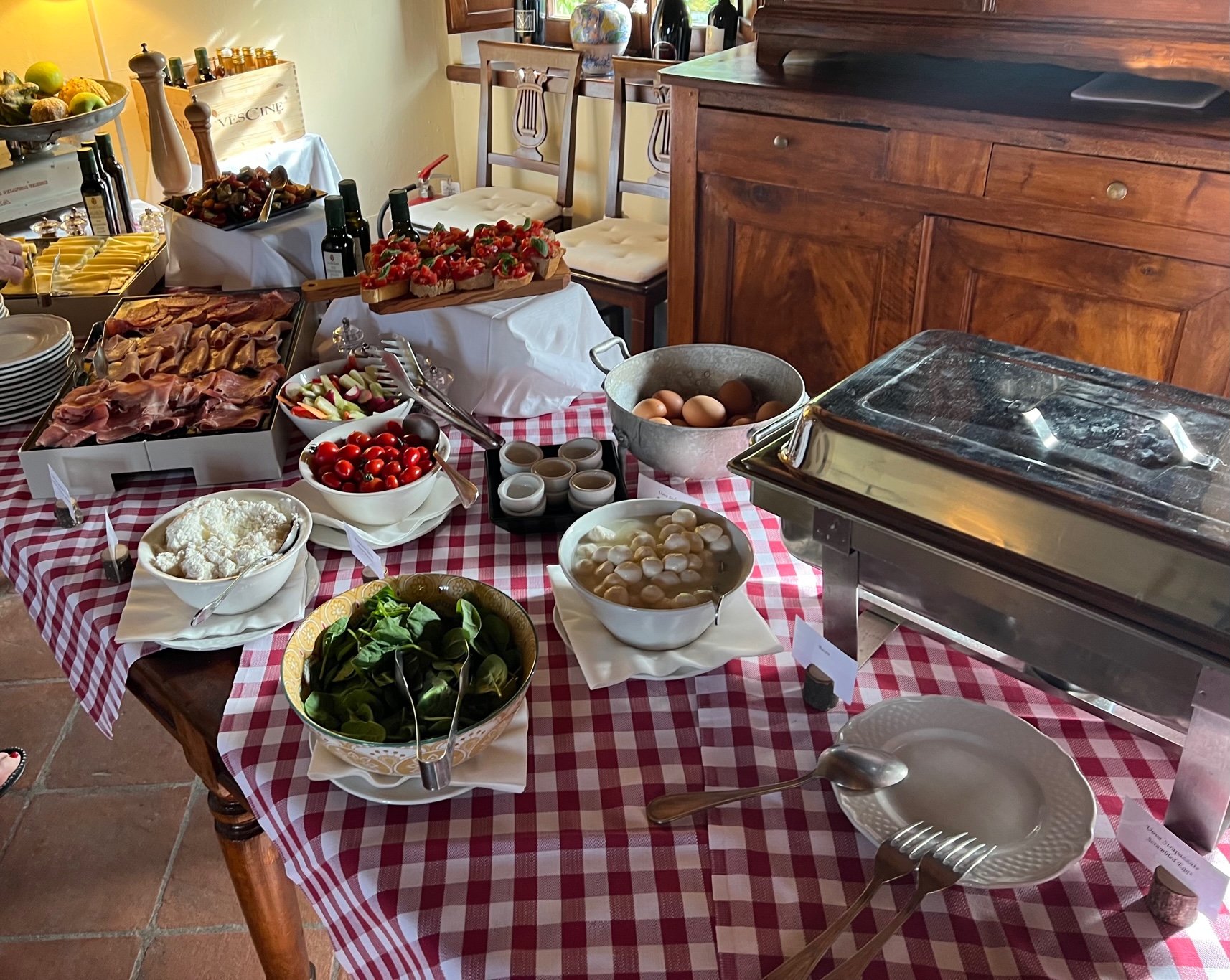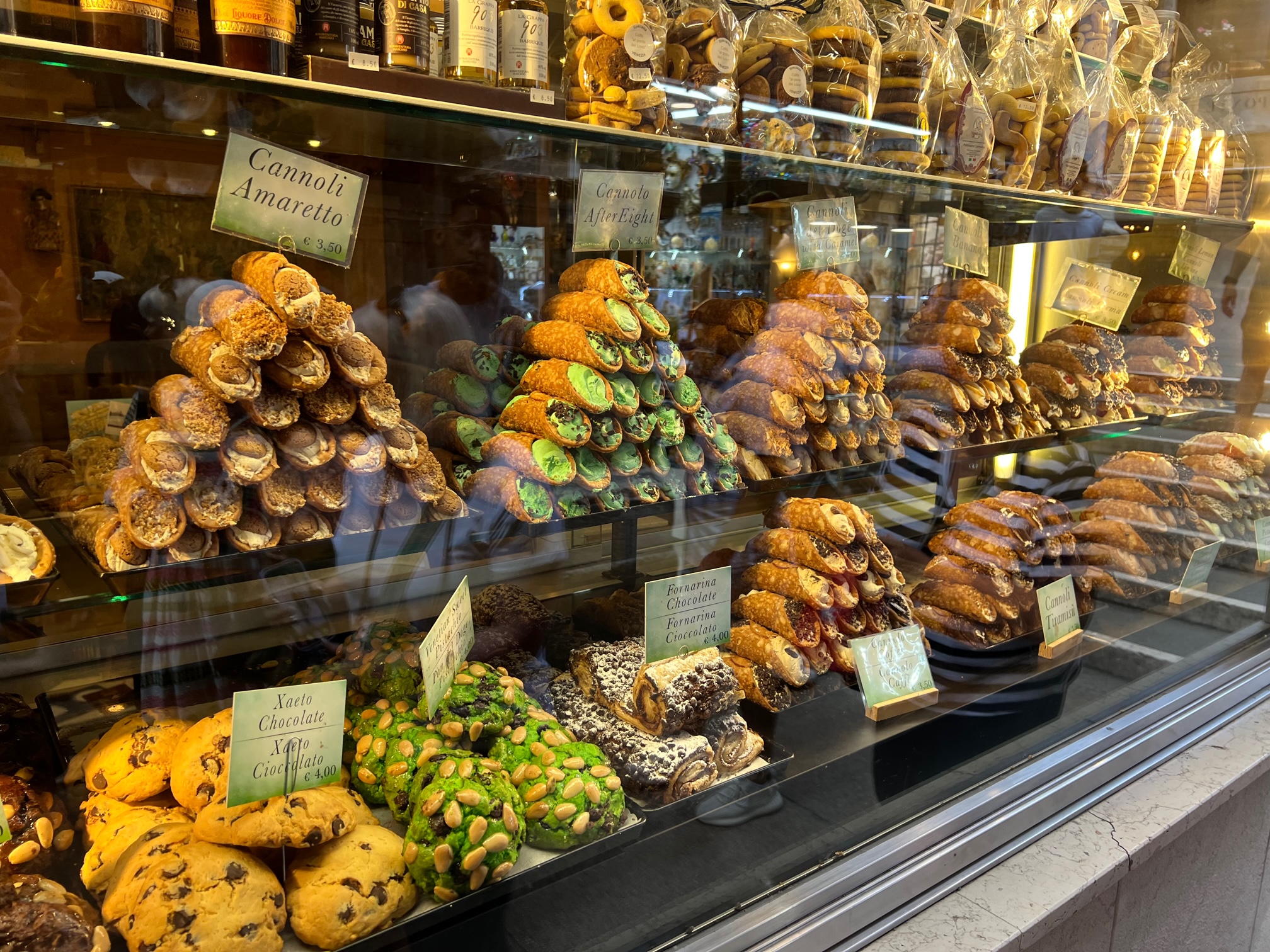Traveling with Food Allergies
This summer was our first experience traveling internationally with food allergies. My son, now 11, is highly allergic to peanuts and tree nuts. He was diagnosed when he was 15 months old, and we have learned how to navigate his allergies over the years. In June, we took a trip to Italy with our kids. Now that we are back from a successful and anaphylactic free trip, I’ve compiled a list of a few things to consider when traveling with food allergies to Italy.
Pre-Trip
- Call the Airline
After booking your flight, call the airline and make them aware of your food allergy. Request a special meal (I did not know I needed to do this and will explain more on this later). - Check Expiration Dates on Epi Pens
I order new epi pens for my son every June (I purposefully time it with the end of the school year). Before our trip, I ordered and brought two, two packs of epi pens (4 total). - Print Chef Cards
I printed food allergy cards in Italian available on FARE’s website explaining the allergy and had several copies on hand. It’s a good way to communicate your allergy restaurant staff. - Download Google Translate
I downloaded Google translate before our trip and made sure I knew how to say “He’s allergic to all nuts and peanuts” in Italian. Also, you can use the app to help translate the menu. - Know Emergency Numbers in Italy
Dialing 118 in Italy is used for reporting a medical emergency like calling an ambulance. - Pack Safe Snack and Dessert Items
I packed a variety of safe snacks and desserts items such as, That’s It Bars, Goldfish, Oreos, Rice Krispie Treats. I also packed Cup O’Noodles and Mac & Cheese cups in the event we needed a safe meal. - Bring Wipes
When you aren’t able to wash hands, carrying wipes helps minimize cross contact and germs. I always make sure to wipe down the airplane seat, tray table and arm rests upon boarding.


During the Trip
- Check-In with the Gate Agent
Once we arrived at our gate, I confirmed with the gate agent they had record of my son’s allergy. She confirmed she had record of the allergy but saw no request for a special meal. I didn’t realize when I called the airline to make them aware of the allergy, I also had to specifically request a special meal. Fortunately, United told me they don’t serve meals with nuts on-board, so it worked out ok. - Present Your Chef Card
I verbally told the waiter about the allergy in Italian or English. I presented the chef card when I felt there was more of a language barrier. In general, everyone spoke very good English and were very understanding and helpful with allergies. - Food Choices & Eating Out
In Italy, the food is pretty straightforward with simple ingredients. My son chose things like, pizza, lasagna, tortellini soup or pasta with bolognese sauce. The simpler the better! If you want to choose where to eat ahead of time, use the food allergy app, Spokin, where you can find restaurants based on location and peoples experience. - Skip the Gelato & Other Desserts
Gelato is a very popular dessert in Italy and there are gelateria’s around every corner. It is generally showcased in metal tins that are overflowing with flavors. Since my son is allergic to peanuts and all tree nuts (pistachio and hazelnut are used a lot in Italy), we found the risk for cross contamination to be too high. Generally, we stayed away from all desserts as that’s where we find the risk to be the highest. - Beware of Fried Foods
Peanut Oil is sometimes used in fried foods in Italy. Although highly refined peanut oil is supposed to be ok for allergic people, we still try to avoid it. When eating pasta fritta, french fries or other fried foods in Italy, inquire with the waiter what oil is used.
In general, we had an easy time finding safe things to eat in Italy. If ever in doubt, err on the side of caution to ensure a safe trip.